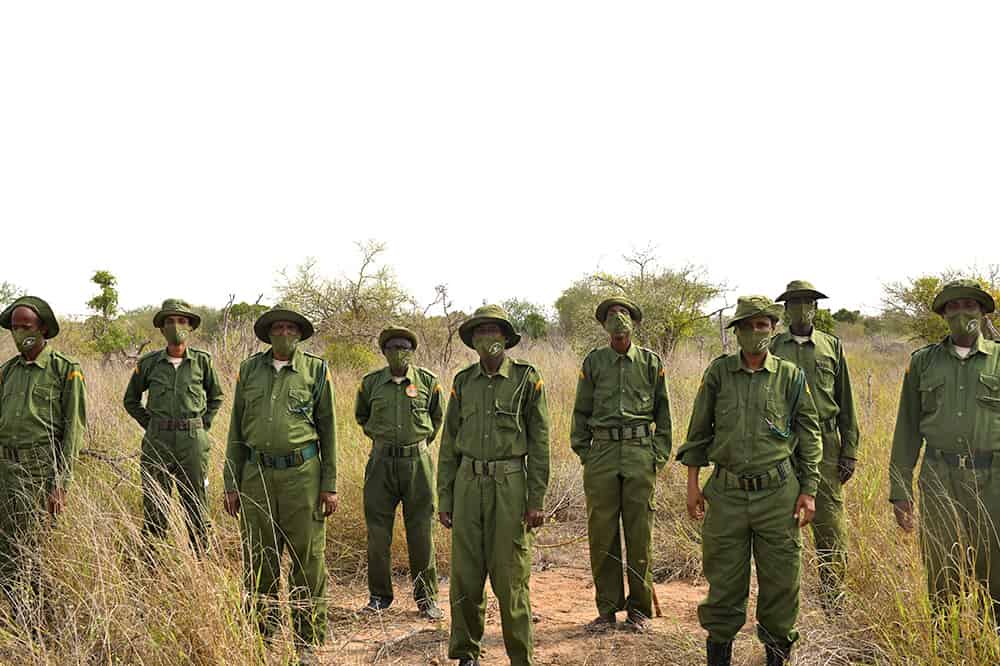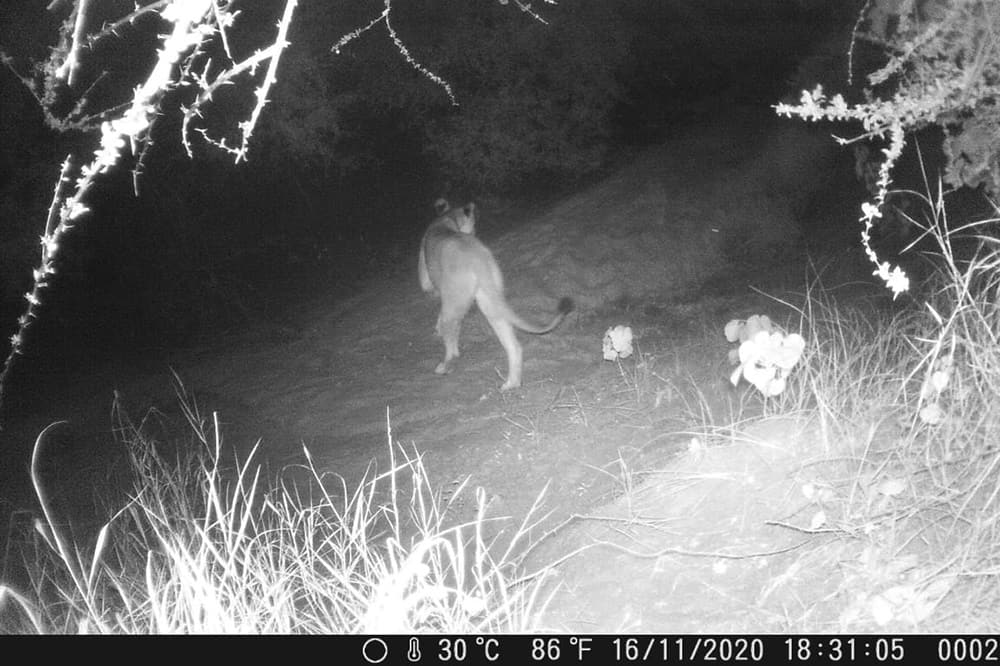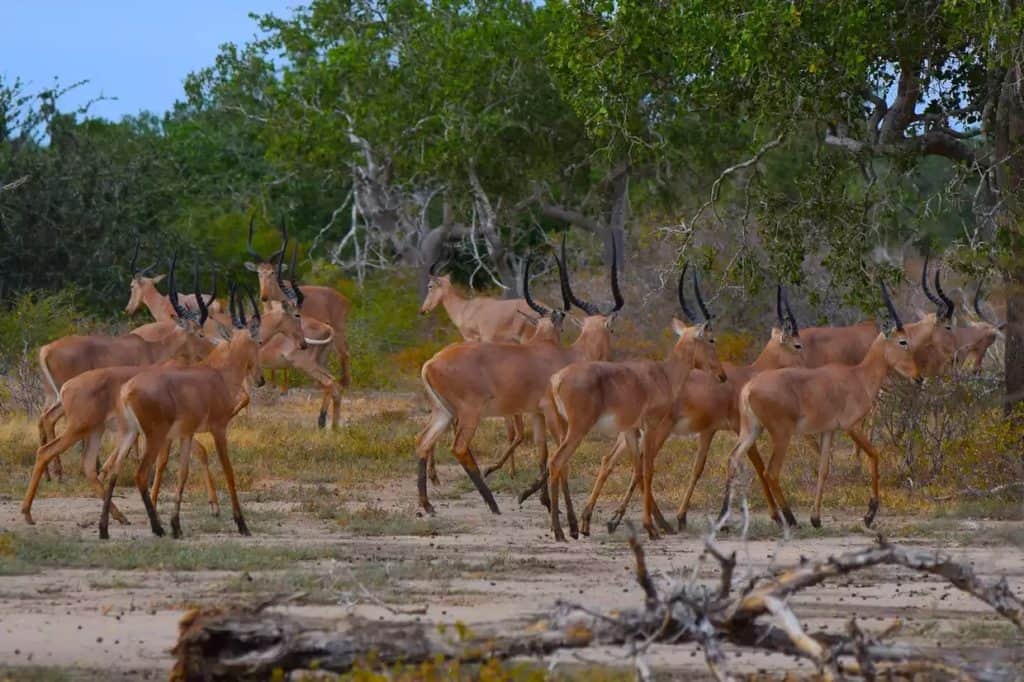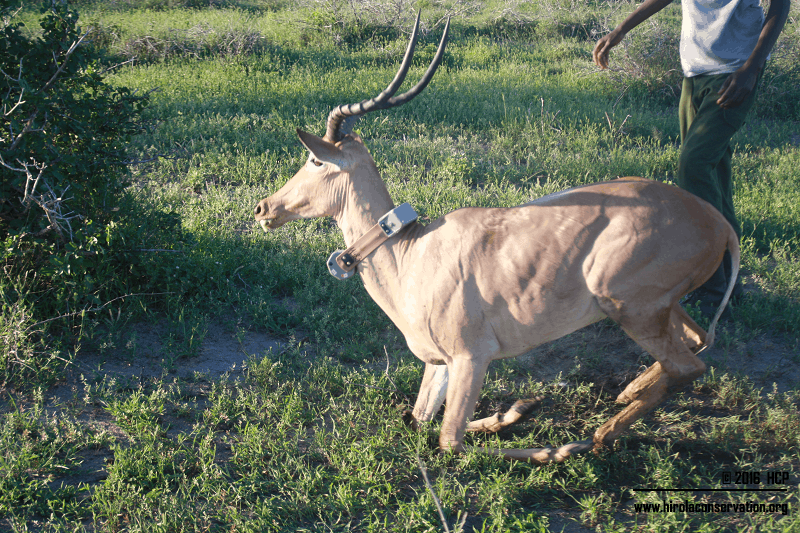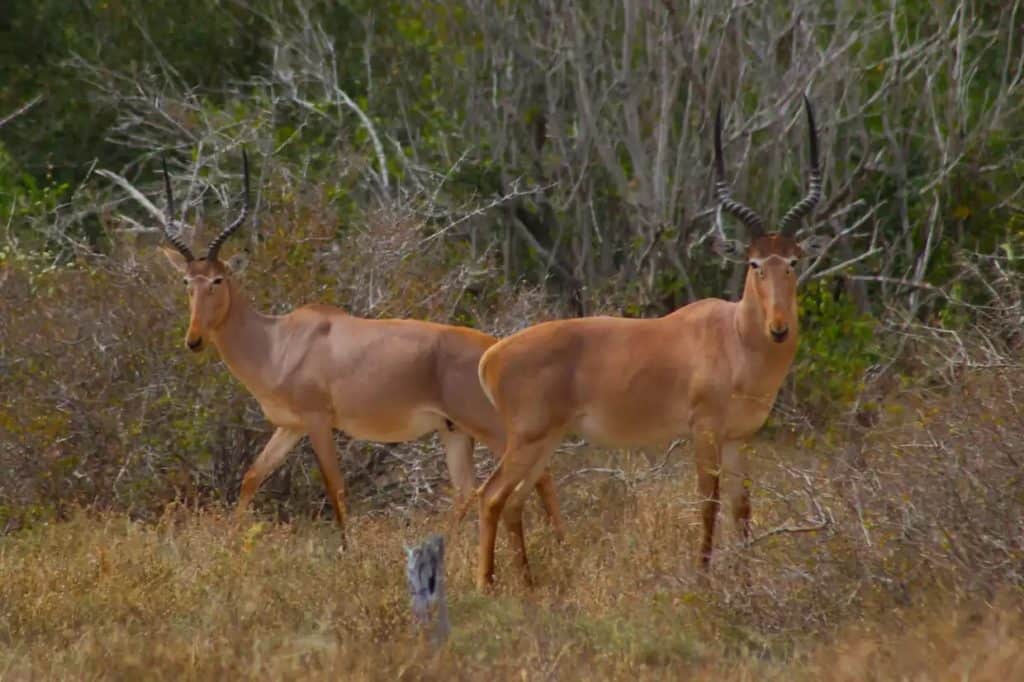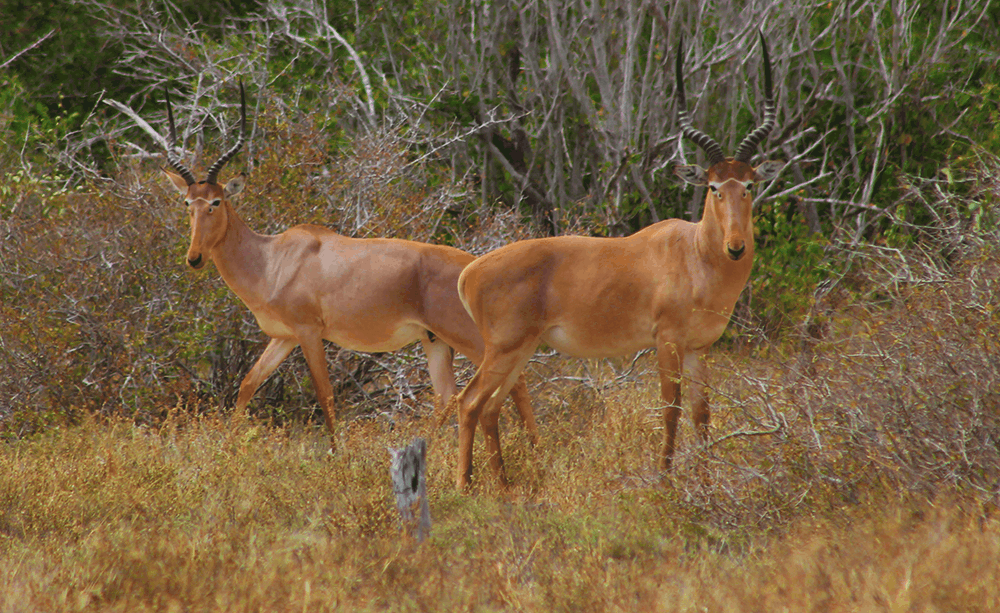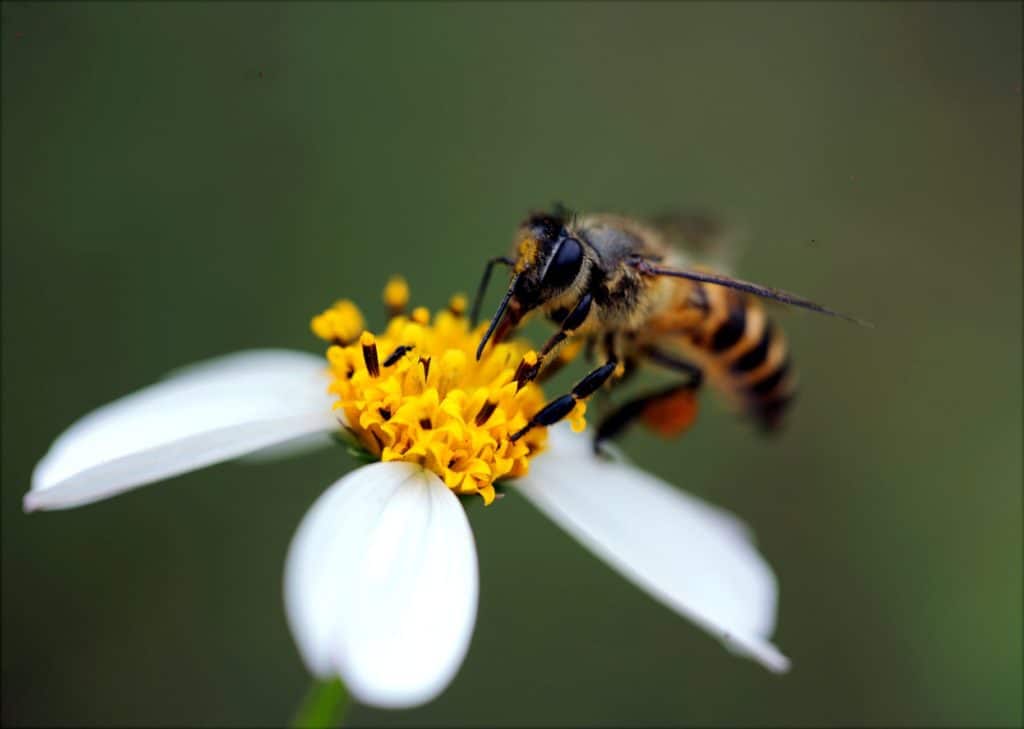
The Late Kiwete
Upon arriving at our camp, you are likely to be welcomed by a limping adult male giraffe named Kiwete. Despite his apparent disability, he is a resilient survivor of the conflict between farmers and giraffes along the Tana River. Kiwete was once among the frequent farm invaders, from the Garissa Giraffe Sanctuary which intensified farm…
Read more


